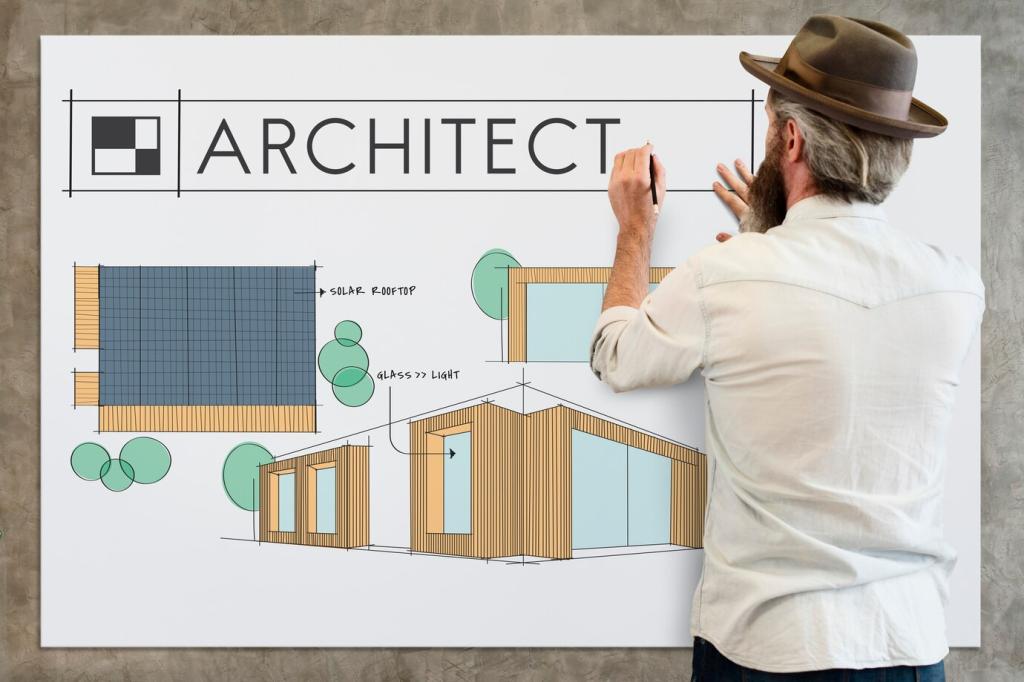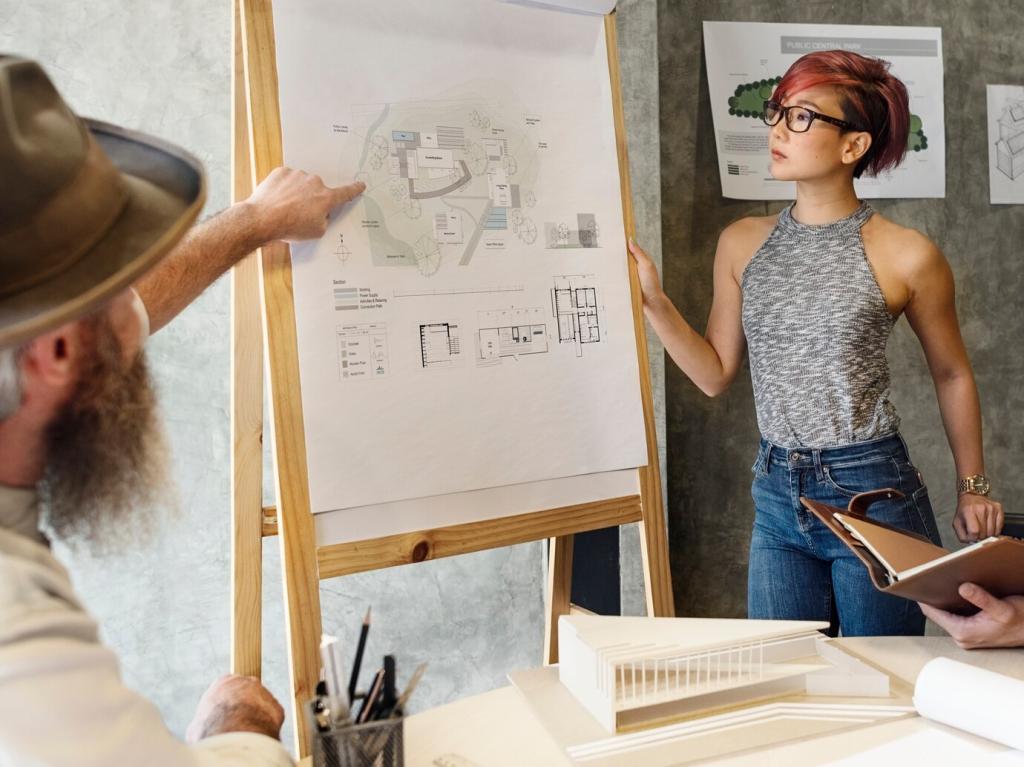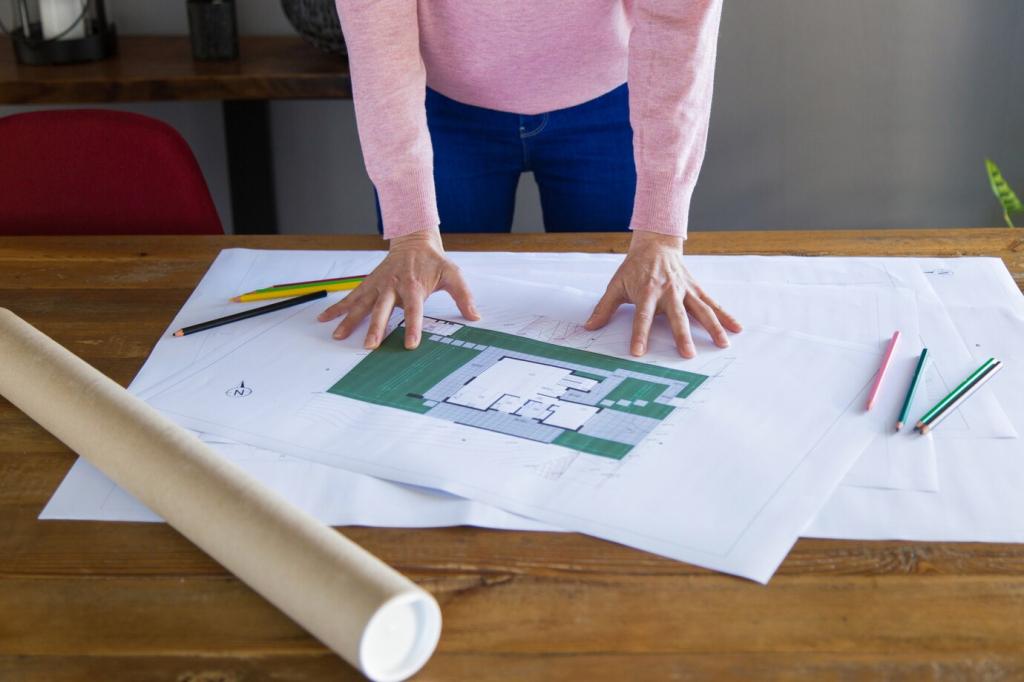
Circular Economy in Construction: Building Forever, Not Just Once
Chosen theme: Circular Economy in Construction. Welcome to a space where buildings become material banks, yesterday’s structures fuel tomorrow’s designs, and waste turns into opportunity. Dive in, share your experiences, and subscribe for practical insights, human stories, and tools that help you build more with less—again and again.


Foundations of Circular Construction
Circular projects begin with intentionality: fewer materials, smarter assemblies, and reversible joints. By eliminating unnecessary finishes and planning for future change, teams reduce waste today and create valuable options tomorrow.
Foundations of Circular Construction
A material passport records composition, provenance, performance, and reuse potential. When every component has a “resume,” designers and contractors can confidently specify reclaimed products and future owners can harvest value instead of landfilling it.



Design Strategies for Reuse and Adaptability
01
Design for Disassembly at Every Joint
Bolted, screwed, and clipped connections make components accessible, repairable, and redeployable. Label parts, standardize interfaces, and leave enough tolerance for repeated cycles of assembly, maintenance, and relocation across different buildings and uses.
02
Modular, Prefabricated Systems That Travel
Prefabricated modules minimize waste in controlled factories and move easily between sites. With consistent dimensions and replaceable skins, modules can evolve aesthetically while preserving structure, extending value across several projects and ownership cycles.
03
Adaptive Reuse: Breathing New Life Into Structures
An old warehouse becomes a bright school by upgrading services and inserting lightweight mezzanines. The community keeps its familiar landmark, saves embodied carbon, and gains flexible space that can pivot again in a decade.
Business Models That Make Circular Work
Circular Procurement That Rewards Outcomes
Shift tenders from lowest upfront cost to lifecycle value. Specify disassemblable systems, require material passports, and score suppliers on take-back commitments, repairability, and verified recycled content to drive predictable circular performance.
Product-as-a-Service for Building Components
Lighting, flooring, even façades can be leased with performance guarantees. Providers retain ownership, maintain components, and recover materials at end-of-term, converting waste risk into asset value while keeping buildings continuously upgraded and efficient.
Take-Back and Remanufacture Agreements
Include buy-back clauses for ceilings, carpets, doors, and partitions. When replacement arrives, old components return to the manufacturer for remanufacture, ensuring consistent quality, transparent costs, and reliable circular flows you can plan around.
Digital Enablers: BIM, LCA, and Marketplaces
Integrate lifecycle assessment with your BIM model to compare materials, assemblies, and reuse scenarios early. Iterate quickly, set embodied carbon budgets, and document the value of recovery strategies before procurement locks decisions.


Digital Enablers: BIM, LCA, and Marketplaces
Regional marketplaces list reclaimed beams, bricks, and fixtures with specs and certifications. Early visibility helps designers dimension spaces around available stock, reducing lead times and ensuring elegant designs that celebrate material provenance.
Deconstruction, Not Demolition
Survey materials by quantity, quality, and connection type. Identify high-value targets like doors, metals, and dense timber. A clear recovery plan aligns timelines, safety, and logistics with market demand and site constraints.


Deconstruction, Not Demolition
Careful sequencing and labeled bins prevent contamination and preserve certifications. Sorting metals, clean wood, and aggregates on-site reduces disposal fees while increasing resale value and confidence among downstream processors and buyers.
Policy, Standards, and Real-World Momentum
Codes and Incentives Accelerating Change
Cities are piloting deconstruction mandates, reuse targets, and tax credits for reclaimed materials. These signals create reliable markets, enabling suppliers to invest in quality assurance and logistics that contractors can trust.


Standards That Support Reuse
Design-for-disassembly guidance and component testing protocols provide shared language between designers, inspectors, and insurers. Clear rules reduce perceived risk and make it easier to specify reclaimed products without compromising performance or compliance.
Join our mailing list
